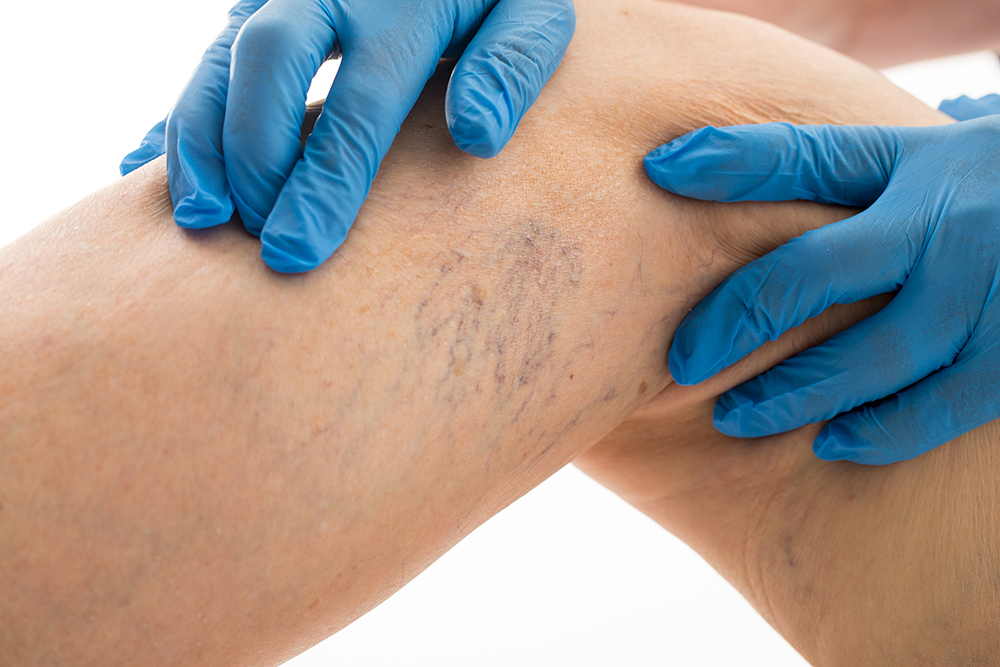Many people develop spider veins — those thin red, blue, or purple lines or webs on their legs — as they age. Getting older is not the only contributing factor, however. Fortunately, there are a number of treatment options that can eliminate these embarrassing imperfections and leave your legs looking clear and smooth.
Here at the North Shore Vein Center in New Hyde Park, New York, Dr. Mark Schwartz and our highly trained team offer the latest minimally-invasive innovative treatments for a large number of vein problems. We are a nationally-recognized center for excellence and can help with everything from varicose and spider veins to hand and facial veins and more.
Spider vein facts
Spider veins occur when the veins are damaged. In healthy veins, one-way valves move blood in one direction toward the heart. In the case of spider veins (and varicose veins), however, the valves have grown weak which allows blood to flow the wrong way and pool in the vein. This pressure from the extra blood weakens the walls of the vein and makes it bulge, resulting in spider or varicose veins.
Contributing factors
While the weakened valves are the direct cause of spider veins, there are risk factors that make one more likely to suffer from this issue. These include:
Heredity
Spider veins frequently have a genetic component with about 9 in 10 people reporting a family history.
Hormonal factors (and pregnancy)
Hormones can play a role in the development of spider veins. Simply being female increases a person’s risk, as does using birth control and/or menopause hormonal treatments (due to vein valves being weakened from estrogen). Pregnancy can also lead to spider veins because of an increased amount of blood in the body and the baby’s weight placing extra pressure on the leg veins.
Age and weight gain
Growing older can cause the legs’ vein valves to weaken and the calf muscles to lose some of their strength, which means they are less helpful in supporting the veins in pumping blood back to the heart. In addition, being overweight can result in more pressure on the leg veins.
Trauma to the veins
An injury, blood clot, or damage to the vein can also lead to spider veins.
Sun exposure
Ultraviolet light is not just bad for the skin, it can be harmful to the veins as well, causing spider veins, particularly on the face.
Sedentary habits
Jobs or habits that involve a lot of sitting or standing can contribute to spider veins due to the fact staying in one position for a long time makes it harder for the veins to return the blood back to the heart.
Treatment
The good news is there are a number of treatment options available to eradicate spider veins, ranging from an insulated probe designed to heat the blood vessels to injecting a special FDA-approved solution to superficial laser therapy.
If you are tired of hiding your legs under pants and long skirts, call our office at 516-231-1934 today to discover which procedure is right for you.

